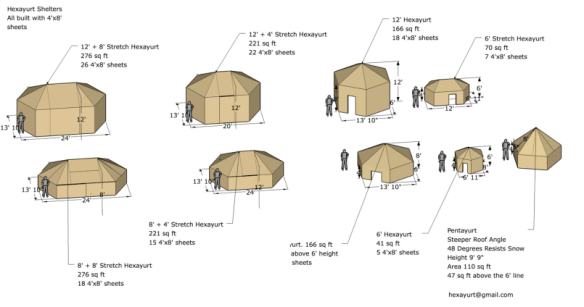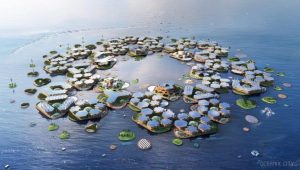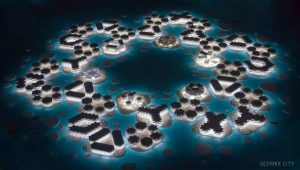Hexihouse
The hexi-house has a covered area of 5.3m2 and sleeps 5m2 people, providing 1.1m2 per person. The cost is not given.
Developing the buy-one-give-one model from Toms shoes for the emergency shelter market, and ‘changing lives one hexi-house at a time’
Habihut
The habihut weight 182kg and gives a little under 11m2 of covered space. It does not say how many this is for, but for an ‘average’ family of 5 this provides 2.2m2 per person. The cost is not given.
“The perfect design for relief housing – The HabiHut Unit creates the framework for setting up off the grid villages where they are needed most. With its ability to house many different functions from waste management to water solutions, the HabiHut’s modular design helps provide the most basic functions of life.”

This product slso offers a “village in a box” and there appear to be plans to use them in a small camp in Kenya. The website doesn’t say whether it was considered to just give the cash to the people in the camp instead.
 Assuming an average family size of 5 (and it may well be higher), this houses 240 people, and provides 1 toilet per 40 people. The recommended SPHERE indicator is a maximum of 20 people per toilet in an emergency.
Assuming an average family size of 5 (and it may well be higher), this houses 240 people, and provides 1 toilet per 40 people. The recommended SPHERE indicator is a maximum of 20 people per toilet in an emergency.
Hexayurt
A standard hexayurt provides 15.4m2 covered area. For an ‘average’ family of 5 this gives 3.1m2 per person. The weight will depend on what it is built out of.
It is built from sheet materials in standard plywood sizes and the intention is people build their own from open source designs.
The hexayurt has been built in large numbers at the Burning Man festival, but to my knowledge only in very small numbers (if at all?) after disasters. There is a whole lot of information here: http://www.appropedia.org/Hexayurt

Hex House
With concrete foundations, a steel base, and SIPS panels, this is an expensive house. It’s very hard to see how it could ever be appropriate for emergency settings. The video makes use of the commonly quoted but spurious claim that the ‘average life of a refugee camp is 17 years’ (there is no actual evidence to be found for it).
“The hex house is conceived as a low cost, sustainable, rapidly deployable, long stay and dignified house which is shipped in pieces and assembled by the end users. The basic building components are galvanized tube steel for the base, structural insulated metal panel for walls, floor and roof and can be customizes with conventional interior and exterior finishes.”
Oceanix City
Designed by Bjarke Ingels Group, this is a floating city for ‘climate refugees’.
https://www.e-architect.co.uk/concept/oceanix-city-by-big

